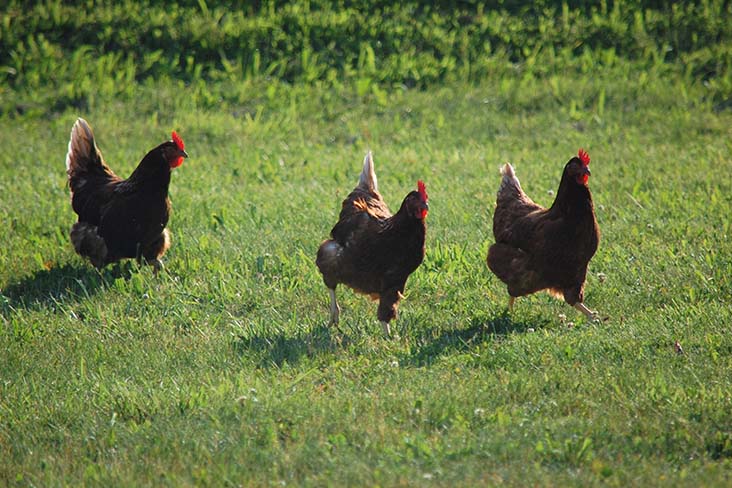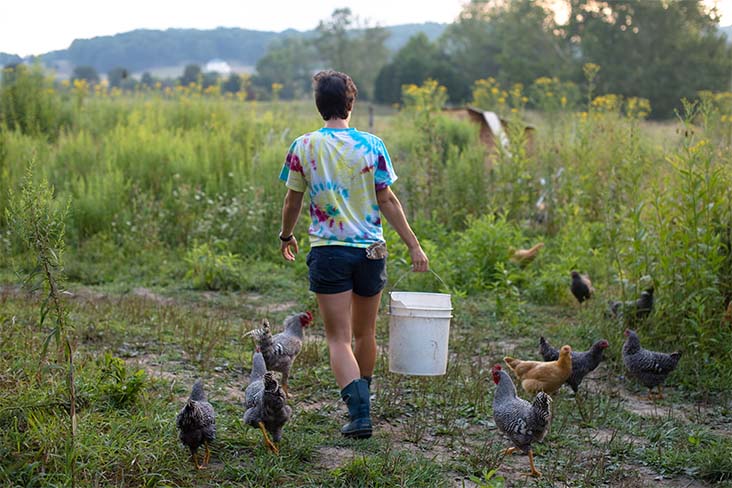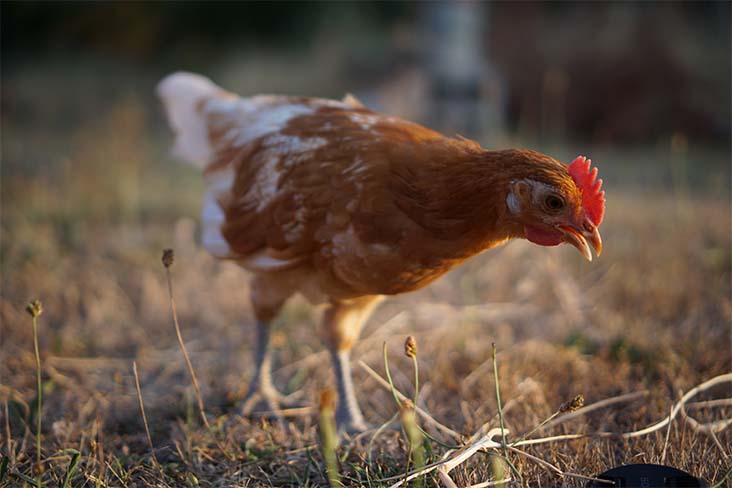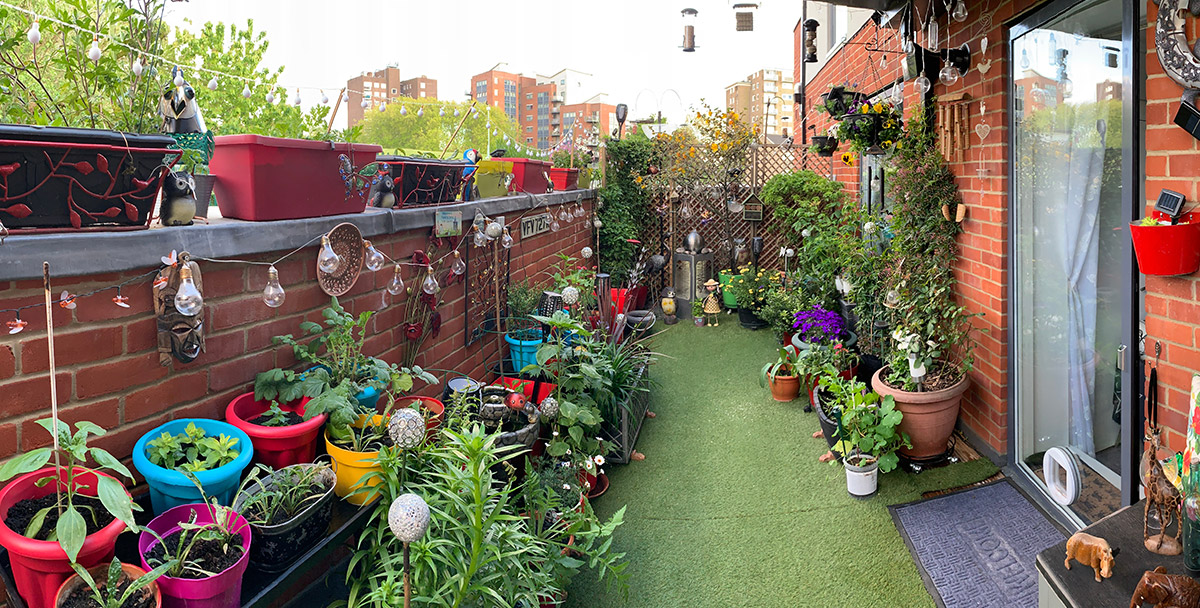I am a devoted believer that almost every savory dish tastes better with an egg on top. Pasta? Put an egg on it. Fried rice? Put an egg on it. Pizza? You get the idea. So when my husband and I moved to a house with a backyard five years ago, establishing a small chicken flock was one of my early priorities.
The eggs are delicious with their rich, sunset-orange yolks – no surprise there. Here’s what I didn’t know: that owning hens is just as good for my yard as it is for my kitchen. From eating pests to tilling the garden, chickens contribute to a healthy, happy backyard ecosystem.
If a small flock is a potential spring project for you, now is the time to get started; most feed stores and hatcheries begin to offer chicks in the early spring. Once established in the yard, you’ll be amazed to see all that your new feathered friends can do.
1. Chickens supplement your compost
Fun fact: Chickens don’t pee. They flush all their waste out in solid form, making these droppings extra rich in beneficial soil nutrients such as nitrogen and phosphorus. (Nitrogen is an especially great fertilizer for tomato plants.) Instead of buying fertilizer, use chicken droppings to supply your garden beds with many of these key chemicals.

Be advised, though, that experts caution against dumping chicken waste directly onto dirt. A hen or rooster’s waste “can be really concentrated, so folks have to be careful that there’s an equal balance of a carbon source like straw or wood shavings. Otherwise, you can kill an entire bed,” says Emily Shoop, a poultry educator with the Penn State Extension program in Pennsylvania’s Mifflin and Juniata counties.
In my yard, I compost my chickens’ soiled straw, referred to as brown material, alongside food scraps and other green materials. The mixture breaks down into soil-like organic matter that can be applied directly to garden beds.
Bonus: Even chicken feathers are compost fuel. When chickens molt, often in the fall, you can place the feathers they’ve shed directly into your compost pile. Chickens can also lose feathers when grooming themselves, so you’ll likely have a small supply to compost year-round. Because feathers are mostly protein, they’ll degrade into material that boosts the nutrient value of your soil.
2. Chickens eat backyard pests
Chickens descended from dinosaur ancestors called theropods, a group that includes Tyrannosaurus rex. This connection is obvious to anyone who’s ever watched a chicken hunt down a cricket or worm. Once the chicken spots its prey, the chase is on – blink and you’ll miss the attack.

Shoop keeps chickens, ducks and guinea hens in her yard, all of which help control the population of ticks, mice and even small snakes. Chickens are omnivores and are just as happy to eat mammals as they are to eat vegetables, which makes them excellent pest hunters. “They just know: That’s strange. It’s in my way. I’m going to eat it,” she says.
3. Chickens are feathered garbage disposals
Reducing food waste is always a goal in my kitchen, and my chickens have eagerly volunteered to join in the effort. Most cooking scraps that I would have thrown away or composted, including vegetable peels, overripe fruit and meat trimmings, now become treats for the hens.

“Chickens are right there when you get to the bottom of a head of lettuce,” Shoop says. “Just don’t give them anything moldy or rotting because that’s going to be a problem if it ferments in their digestive system.”
Shoop also warns that some foods are toxic to chickens, such as green beans, string beans and avocado pits and skins (the flesh is safe for them to eat, however).
Not sure which foods are safe? Ask your local agricultural extension, which is a USDA program (generally in rural areas) that conducts research and offers programming on topics like gardening, raising livestock, nutrition, horticulture and more.
4. Chickens till your garden
In addition to plucking out bugs, chickens are pros at turning over garden beds in the fall. Chickens often claw at the ground, a behavior known as scratching, which aerates and turns over soil in a similar way that you might with a tiller or hoe. Their legs kick powerfully and quickly to sift through the dirt while they also use their beaks to poke around in search of treats.

Fall is the best time to set your flock loose in the garden, as the act of turning over soil breaks up large root clumps and prepares the soil for freezing in the winter and thawing in the spring. Plus, with your harvest complete, chickens can go to town picking at the last scraps of lettuce, kale, tomatoes and whatever else you grew that summer.
5. Chickens are mood boosters
Backyard chickens can be soothing, enjoyable companions. Over the past 50 years, poultry breeders have increasingly focused on breeding chickens for small-scale flocks. This has resulted in more domesticated, docile and friendly birds, says Jeffrey Raska, horticultural program assistant for Dallas County’s Texas A&M AgriLife Extension and the proud owner of a rooster so calm he’ll perch on Raska’s shoulder and watch TV.
“We’re human beings that want to nurture something,” Raska says. “These birds can contribute to a family’s well-being. What’s better than sitting out in the backyard watching them peck and run around and explore?”

Ready to welcome home a flock of your own? Make sure you’re prepared. Some municipalities don’t allow backyard chickens, so check your area’s regulations first.
Books on backyard chickens list the basic supplies you’ll need to care for baby chicks and maturing hens; I still consult my dog-eared copy of The Backyard Chicken Book: A Beginner's Guide by H. Lee Schwanz.
But there is no better resource than a state or local agricultural extension for research-based information that’s specific to the local climate and conditions. Google your location and “agricultural extension” or search for one here.





